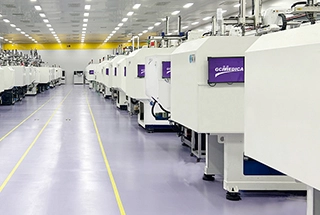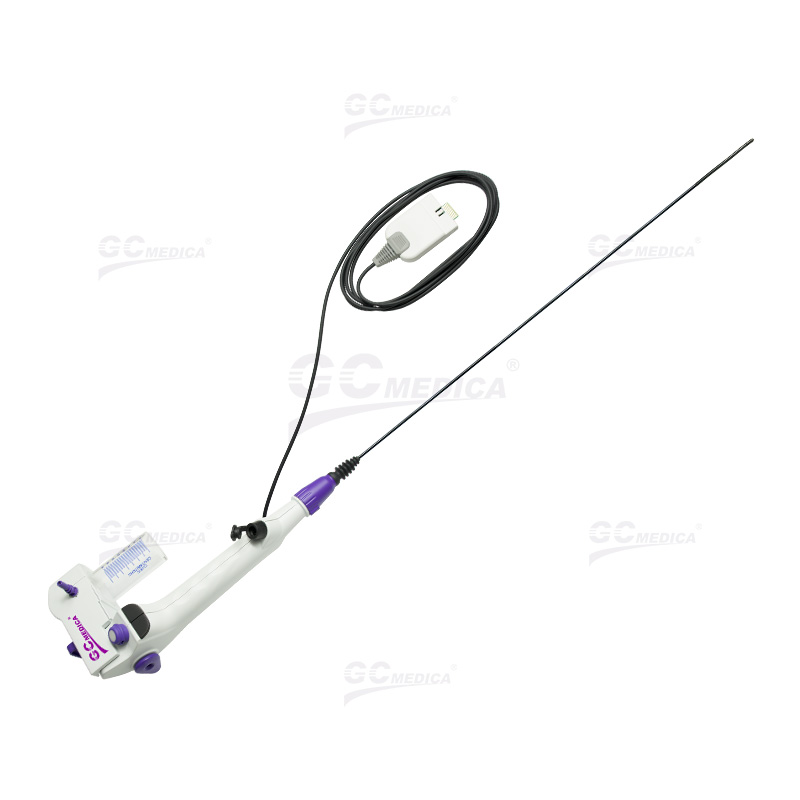Single-use bronchoscopes have become increasingly popular in medical settings due to their sterility, convenience, and ability to reduce cross-contamination risks. When selecting the appropriate device for your facility, it's essential to evaluate several key features to ensure optimal performance and patient safety.
 Ezscope™ Single-use Bronchoscope Online Promotion
Ezscope™ Single-use Bronchoscope Online Promotion
1. Image Quality
High-definition visualization is crucial for accurate diagnostics and effective procedures. Opt for bronchoscopes equipped with advanced imaging technologies that provide clear, detailed views of the airway anatomy. Superior image quality aids in precise navigation and enhances the overall success of bronchoscopic interventions.
2. Suction Capability
Efficient suction performance is vital for maintaining a clear field of view and managing secretions during procedures. Devices with larger working channels typically offer enhanced suction power, facilitating quicker and more effective fluid removal. Assess the suction capacity to ensure it meets the demands of your clinical applications.
3. Maneuverability and Ergonomics
A bronchoscope should offer responsive articulation and intuitive handling to navigate the complex structures of the bronchial tree comfortably. Features such as a wide range of tip angulation and a user-friendly control interface can significantly improve maneuverability, reducing operator fatigue and enhancing procedural efficiency.
4. Device Compatibility
Ensure that the single-use bronchoscope is compatible with your existing equipment, including monitors and processing units. Seamless integration with current systems allows for immediate use without the need for additional investments or modifications, streamlining workflow and reducing costs.
5. Size Variability
Different procedures and patient anatomies require bronchoscopes of varying sizes. Selecting a device available in multiple sizes, from pediatric to adult, ensures versatility and the ability to cater to a diverse patient population. Consider the range of diameters and working channel sizes offered to match your facility's needs.
6. Sterility and Safety
Single-use bronchoscopes should come sterile and ready for immediate use, eliminating the need for reprocessing and reducing the risk of cross-contamination. Confirm that the devices adhere to stringent sterilization standards to maintain patient safety and comply with infection control protocols.
7. Environmental Considerations
While single-use devices offer convenience, it's important to assess their environmental impact. Some manufacturers provide recycling programs or use eco-friendly materials to mitigate waste. Evaluating the sustainability practices associated with the bronchoscope can align with your facility's environmental responsibility goals.
8. Cost-Effectiveness
Analyze the overall cost implications, including the price per unit and potential savings from reduced reprocessing and repair expenses associated with reusable bronchoscopes. A cost-benefit analysis can help determine the financial viability and justify the investment in single-use devices.
Conclusion
Selecting the right single-use bronchoscope involves a comprehensive evaluation of factors such as image quality, suction capability, maneuverability, compatibility, size options, sterility, environmental impact, and cost-effectiveness. By carefully considering these features, healthcare providers can enhance procedural outcomes, ensure patient safety, and optimize operational efficiency in their facilities.


 Français
Français Español
Español Products
Products

 About Us
About Us












